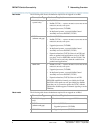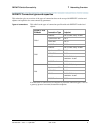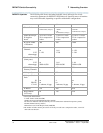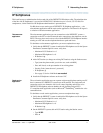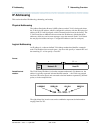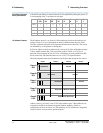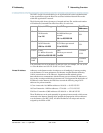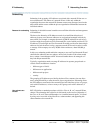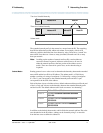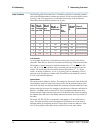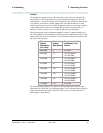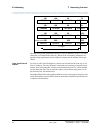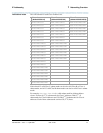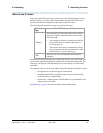
IP Addressing 1 Networking Overview
Administration for Network Connectivity
CID: 77730 555-233-504 — Issue 1 — April 2000
16
Subnetting
Subnetting is the grouping of IP addresses associated with a network ID into two or
more subnetworks. The subnets of a network ID are visible only within the
organization that owns the network ID; Internet routers route messages based on the
network ID and the routers within the private organization differentiate between the
individual subnets.
Reasons for subnetting Subnetting is desirable because it enables a more efficient allocation and management
of IP addresses.
The three-class hierarchy of IP addresses results in an inefficient allocation of
addresses in many cases because addresses are assigned and managed in blocks by
network ID. For example, a company that needs 10,000 IP addresses in each of two
locations might be assigned two Class B network IDs, each of which provides 65,534
IP addresses. Even though one Class B network ID would provide more than enough
addresses for both locations, having a separate network ID for each location is easier
to manage. If the company uses only 20,000 of these addresses, about 100,000 go
unused.
In this case, subnetting would enable the company to use one Class B network ID and
subdivide the addresses into two subnets, one for each location. Each subnet would
have a unique “extended network ID” that would enable them to be managed as if
they had unique network IDs.
Typically, organizations need to manage IP addresses in separate groups based on
several criteria in addition to location:
• different types of LANs
• different server applications
• different work projects
• security
The grouping of IP addresses provided by the three-Class structure does not allow
nearly enough flexibility to meet the needs of most organizations. Subnetting allows
the N IP addresses associated with a network ID to be divided into as few as 2 groups,
each with N/2 addresses, or into as many as N/2 groups, each with 2 addresses, if
desired.
How subnets are
created
RFC 950 defines a standard procedure to divide a Class A, B, or C network ID into
subnets. The subnetting adds a third level of hierarchy to the two-level hierarchy of
the Class A, B, and C network ID number. An “extended network prefix” is formed
by using two or more bits of the Host ID as a subnet number, and appending this
subnet number to the network ID.



